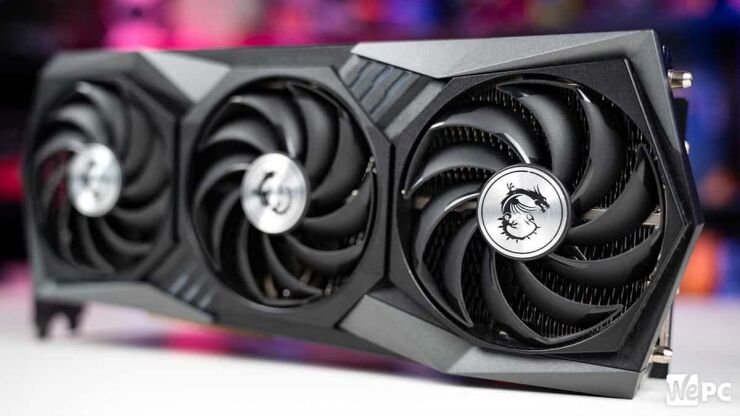The performance may not be the same as the 50 series, but it’ll surely improve performance over traditional DLSS
Updated: Jan 20, 2025 9:33 am

WePC is reader-supported. When you buy through links on our site, we may earn an affiliate commission. Prices subject to change. Learn more
At CES 2025, Nvidia unveiled DLSS 4, an AI-powered leap forward in gaming technology. While much of the focus was on the enhanced capabilities for the upcoming RTX 50 Series, an intriguing possibility emerged during an interview with Bryan Catanzaro, Nvidia’s VP of Applied Deep Learning Research, Tom’s Hardware reports: Frame Generation could potentially come to older GPUs, such as the RTX 30 series, but there’s a catch.
When Digital Foundry’s Alex Battaglia asked about the feasibility of bringing DLSS 4’s new Frame Generation model to older hardware, Catanzaro left the door open. “I think this is primarily a question of optimization and also engineering and then the ultimate user experience,” he explained. “We’re launching this Frame Generation, the best Multi Frame Generation technology, with the 50 Series, and we’ll see what we’re able to squeeze out of older hardware in the future.”
Can frame generation reach the 30 series?
This isn’t the first time Nvidia has hinted at backwards compatibility for Frame Generation. When DLSS 3 debuted alongside the RTX 40 Series, its reliance on the Optical Flow hardware accelerator was cited as the key reason it couldn’t run on earlier GPUs like the RTX 30 Series. However, the new DLSS 4 model ditches this hardware dependency in favour of a fully AI-based solution.
“The difficult part about any sort of hardware implementation of an algorithm like Optical Flow is that it’s really difficult to improve it,” Catanzaro noted. “It is kind of what it is, and the failures that arose from that hardware Optical Flow, we couldn’t undo them with a smarter neural network until we decided to just replace it and go with a fully AI-based solution.”

This shift boosts efficiency and image quality and reduces VRAM usage. Importantly, it removes the technical limitation that previously made Frame Generation exclusive to the RTX 40 Series and newer. However, challenges remain. The updated model is heavier on Tensor Core usage, and older GPUs—while still equipped with Tensor Cores—may struggle to keep up with the demands of the new model.
As Catanzaro pointed out, “The Tensor Core requirements are higher, and obviously, the older GPU architecture has worse Tensor Core performance.” So, we will see if Nvidia can make that happen.
For gamers with RTX 30 Series GPUs, the prospect of gaining access to DLSS 4’s improved Frame Generation is exciting. It could extend the lifespan of existing hardware while delivering noticeable improvements in performance and visual quality.
What this means for gamers
If Nvidia successfully ports DLSS 4 Frame Generation to older GPUs, it could significantly upgrade RTX 40 and 30 Series owners without requiring new hardware. However, the timeline remains uncertain, and Nvidia is understandably prioritising optimising the technology for the RTX 50 Series at launch.
For now, the announcement highlights Nvidia’s commitment to advancing AI-driven graphics technology and hints at the potential for future updates that could benefit a broader range of gamers. Whether you’re holding onto a 30 Series card or looking to upgrade, the evolution of DLSS continues to redefine what’s possible in gaming performance.











